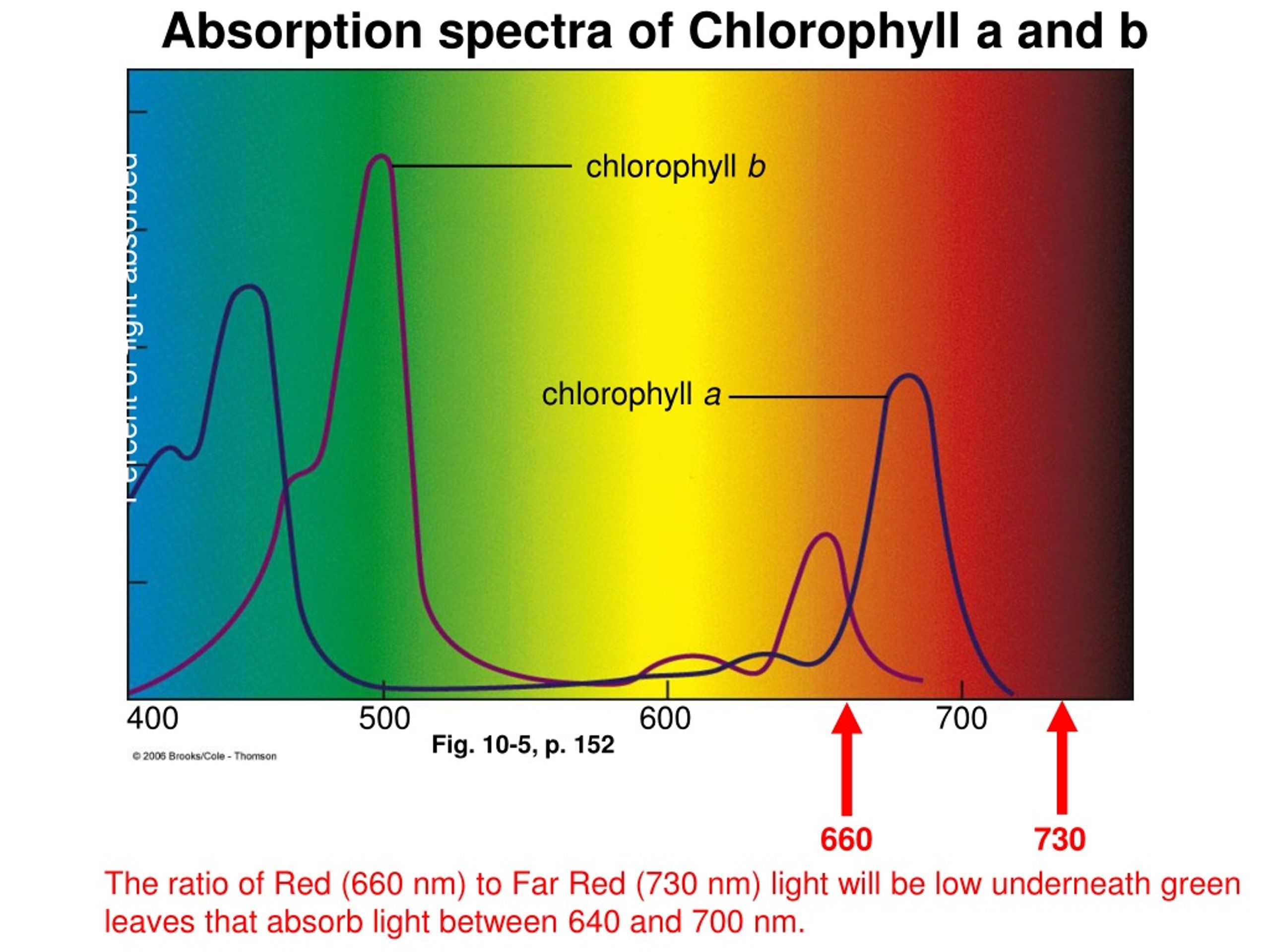
This pigment absorbs the majority of the wavelength contained in the blue-violet and orange-red sections of the light and reflects the yellow-green light, giving such parts a green color.It is the primary light-harvesting pigment found in all photosynthetic organisms.Chlorophyll A is mainly found in higher plants and green algae.Chlorophyll e is very uncommon, appearing exclusively in certain golden algae. Chlorophyll c is present in some marine algae, while Chlorophyll d is found in certain cyanobacteria species. Each kind of chlorophyll absorbs light at slightly different wavelengths. There are two types of chlorophyll in green plants: chlorophyll a and chlorophyll b. There are different types of Chlorophyll. The structure of chlorophyll is very similar to that of hemoglobin, the oxygen-carrying pigment present in the red blood cells of mammals and other animals.A long carbon-hydrogen side chain is attached to the ring, which is called a phytol chain.The chlorophyll molecule consists of a magnesium atom placed at the center, encircled by a nitrogen-containing structure known as a porphyrin ring.

Chlorophylls are found in all green sections of plants and are organized in the chloroplasts of each cell in disk-like units called thylakoids. Chlorophyll absorbs energy from sunlight, which is then utilized to convert carbon dioxide into carbohydrates and gives oxygen as the byproduct. It is essential for photosynthesis, which is the process of converting light energy into a chemical form so that living organisms can use it. The name "chlorophyll" is derived from two Greek words: khloros, which means "light green," and phyllon, which means "leaves." Chlorophyll is a pigment that is found in all green plants as well as a few other species.


 0 kommentar(er)
0 kommentar(er)
